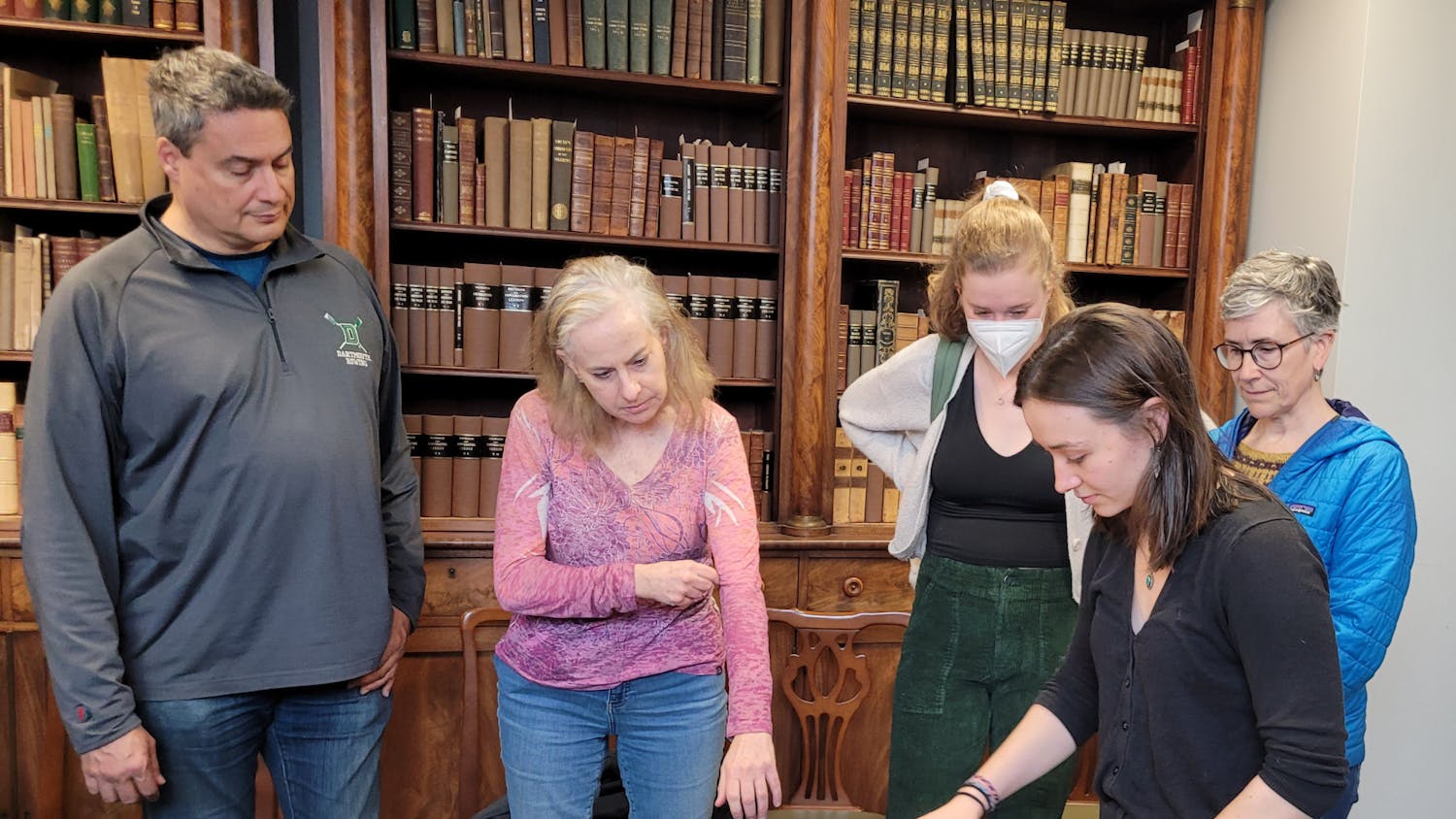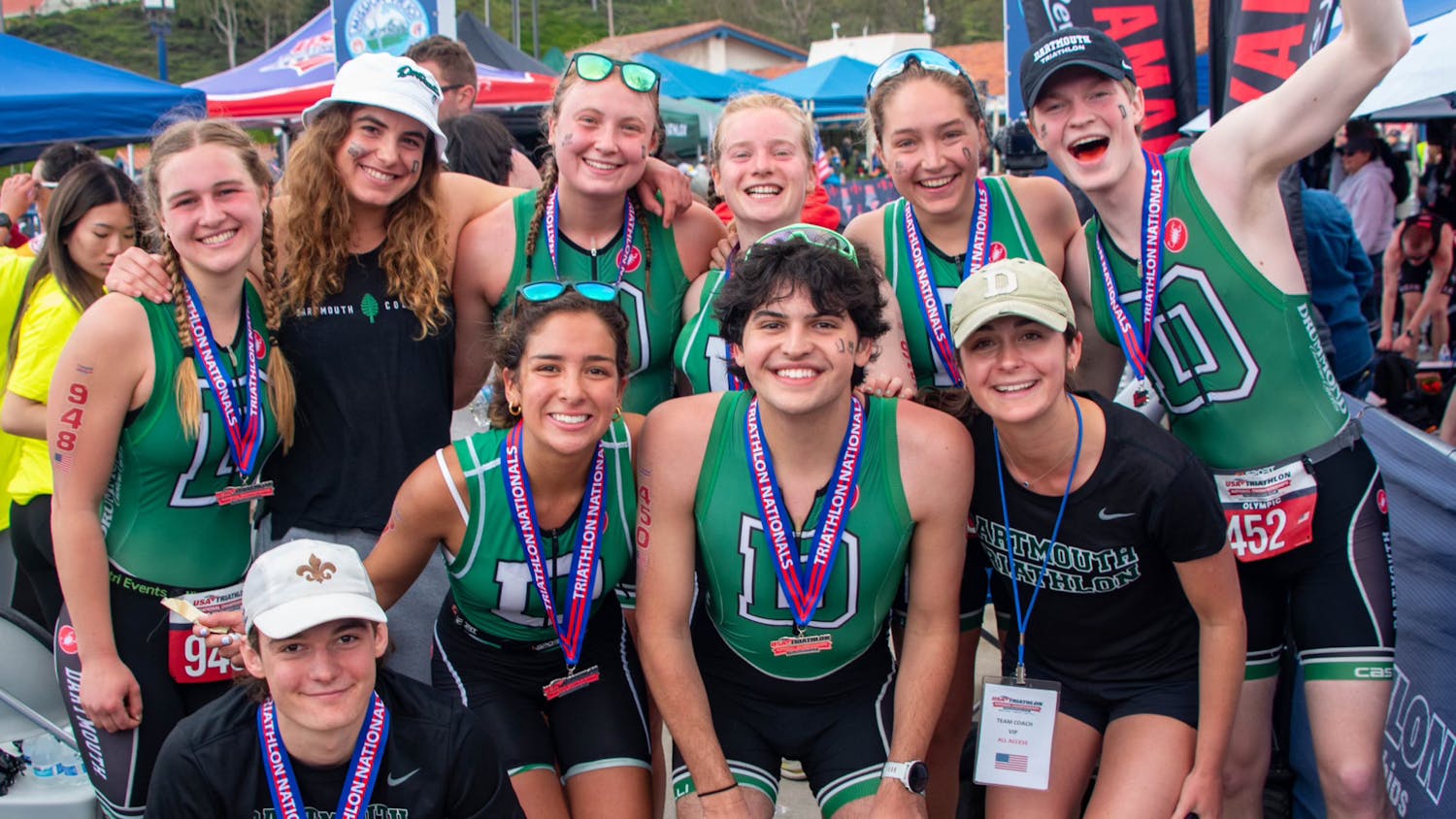As a fifth-grade teacher in Chelsea, Massachusetts, a working class community outside of Boston, education professor Michele Tine experienced firsthand the disparity in resources between rural and urban public schools.
Motivated by what she saw last year, Tine and her three undergraduate research assistants — Clara Batchelder ’19, Sophie Lenihan ’20 and Sonia Rowley ’19 — began designing science kits for seventh-grade students from disadvantaged rural areas in collaboration with the Montshire Museum of Science in Norwich, Vermont to provide students with an out-of-school STEM experience. Tine named these kits “Build-It Boxes.”
Her teaching experience in Chelsea inspired much of her current research program, which focuses on identifying cognitive processes that may underlie the income achievement gap and then creating interventions to address them, Tine said.
The project is currently in the development phase, as the research team prototypes and creates the Build-It Boxes, she said. The team is developing 12 kits to be sent to kids growing up in poverty over a year. However before the kids receive the kits, the team will collect baseline measurements of engagement and knowledge, Tine said.
After a year the team will gather post-test measures from the experimental group and control group, which will also take the pre-test measures but will not receive the monthly kits, in order to determine the impact of the project.
While she hopes to start shipping the boxes to the students’ homes before the summer begins, Tine said this depends on when the project receives approval from the College’s Institutional Review Board.
“We hope to [enroll] almost 300 students [in the program],” Tine said. “150 [students] will get the kits once a month for a year and the other 150 [students] will get all kits but a year later.”
According to Tine, the research team will randomly select public schools in rural areas of New Hampshire and Vermont that must meet two objective measures: the school must be located in a rural area with a population below a certain threshold and the median household income of 75 percent of the students at the school must be at or below the national poverty line.
Lenihan said she joined Tine’s research team in winter 2017 through the internship program offered by the Women in Science Project, which matches women interested in STEM fields to ongoing faculty research projects. Tine had the undergraduate research assistants help her with a grant proposal, thinking of ideas for experiments to include in the kits and coming up with a name for the project, Lenihan said.
“We hit the ground running this past fall ... [when] we bought similar kits ... that are usually much more expensive ... to see what type of experiments they were doing, and we worked with the Montshire Science Museum down the street and they helped us create some [of our own] kits,” she said.
Lenihan and Rowley then created cards with instructions that explain the science behind the experiments to include with the kits, according to Lenihan.
Batchelder said she started working with Tine in summer 2017 as part of the James O. Freedman Presidential Scholars research program, becoming interested in the education field after taking Tine’s course, Education 1, “The Learning Brain: Introduction to Child Development and Education,” during her freshman fall.
As a research assistant, Batchelder said she focused on analyzing data from similar learning interventions in STEM.
Tine said one challenge this project presents is tracking if the students actually engage with the kits.
Lenihan added that another difficulty is finding suitable experiments to include in the kits. The research project will depend on self-reported measures from families and students to track their engagement, according to Tine.
“There have been some challenges with coming up with the ideas for each box and thinking of what is feasible for the four of us to make and send out in all of these boxes,” Lenihan said.
Tine said there is less research conducted on kids from impoverished rural regions compared to their urban peers because most research institutions exist in urban areas.
This is problematic because many research findings of poverty are generalized to rural populations when in reality, the populations face different stressors, according to Tine.
Motivated by this disconnect in research, the Build-It Box project looks at the different needs of students living in rural poverty and specific ways to support them, she said.
“One of those needs is access to really stimulating STEM activities, which is aligned with the fact that particular populations of kids in rural poverty show some of the lowest levels in STEM engagement, [even] lower than their urban counterparts,” Tine said.
According to Tine, the research team would like to see an improvement in the students’ engagement and attitude towards STEM, which will be evaluated with preexisting tests in the education field. The tests will focus on STEM engagement, attitude and identity, which look at how students approach the subject field, Tine said.
“You can be a really good science student, but not consider yourself a scientist or be engaged and excited about science, and vice versa,” she said. “The hope is that this could be scaled up, so if we see improvement with these seventh graders, I would love to scale it out across the developmental spectrum down to elementary school students and up to high school students.”



